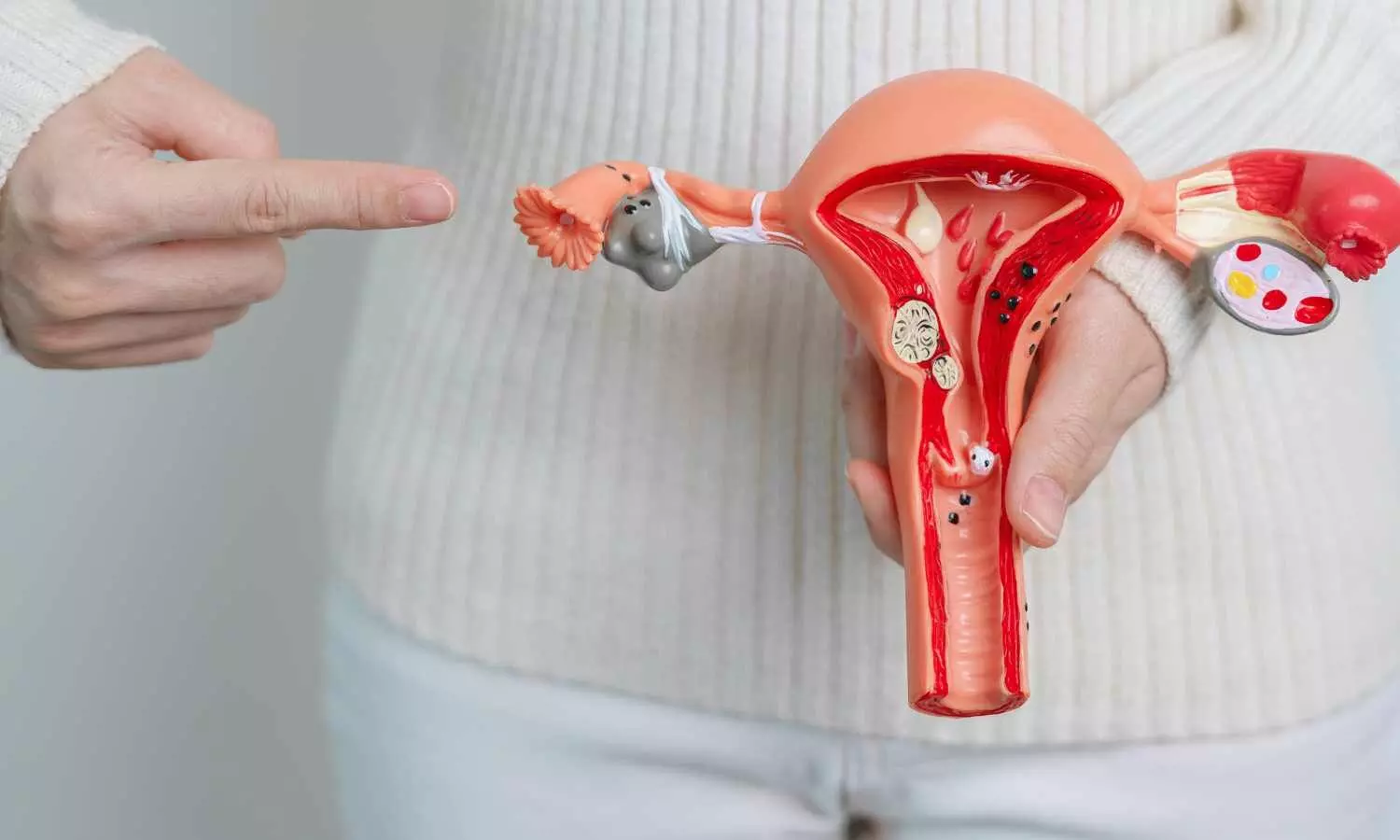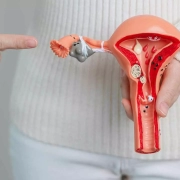New risk stratification tool may predict requirement of blood transfusion among women undergoing laparoscopic myomectomy

Uterine fibroids are common benign tumors affecting women, and laparoscopic myomectomy is the standard surgical treatment for those who wish to retain their uterus. However, excessive bleeding during myomectomy is a significant concern, and risk factors for blood transfusion in this procedure have not been well studied. Laparoscopic myomectomy is associated with the risk of excessive bleeding, which may necessitate blood transfusion.
Understanding the factors contributing to this risk can aid in better patient management and outcomes. A recent retrospective cohort study aimed to identify these risk factors and develop a risk stratification tool for the need for blood transfusion during laparoscopic myomectomy. This study was published in the American Journal Of Obstetrics and Gynaecology by Kacey M. and colleagues.
The study analyzed data from the American College of Surgeons National Surgical Quality Improvement Program (NSQIP) database from 2012-2020. It included women who underwent laparoscopic myomectomy and compared those who required blood transfusion with those who did not. Multivariable analysis was conducted to identify independent risk factors, and a risk stratification tool was developed based on these factors.
The key findings of the study were:
-
11,498 women underwent laparoscopic myomectomy during the study period.
-
331 (2.9%) of these women required blood transfusion.
-
Preoperative factors associated with transfusion risk included Black or African American and Asian races, Hispanic ethnicity, bleeding disorders, ASA III/IV, and preoperative hematocrit value ≤35.0%.
-
Intraoperative factors included specimen weight >250 grams or ≥5 intramural myomas and operation time ≥197 minutes.
-
A risk stratification tool was developed based on these factors, allowing calculation of the mean probability of transfusion.
The study identified preoperative and intraoperative risk factors for blood transfusion in women undergoing laparoscopic myomectomy. A risk stratification tool was developed to assess the likelihood of transfusion based on these factors. Further validation studies are warranted to confirm the utility of this tool in clinical practice.
Reference:
Hamilton, K. M., Liao, C., Levin, G., Barnajian, M., Nasseri, Y., Bresee, C., Truong, M. D., Wright, K. N., Siedhoff, M. T., & Meyer, R. Characteristics associated with blood transfusion among women undergoing laparoscopic myomectomy: a NSQIP Study. American Journal of Obstetrics and Gynecology,2024. https://doi.org/10.1016/j.ajog.2024.02.010
Powered by WPeMatico



















